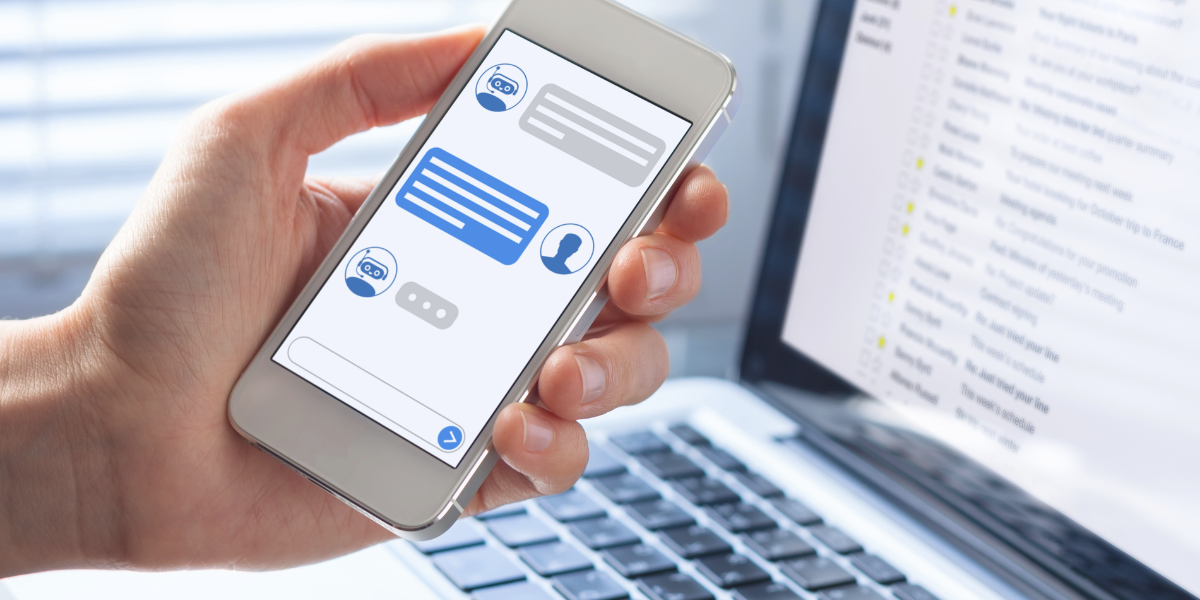Creating a chatbot can provide practical benefits for businesses or organizations. Chatbots are small software programs, sometimes with AI and machine learning features, that are designed to simulate conversation with human users through various communication channels, such as messaging apps, websites, or mobile apps.
In this article, we will outline the steps for setting up a chatbot.
-
Define the purpose and goals of your chatbot. Before you start building your chatbot, it is important to determine its purpose and what you want it to accomplish. Some common goals for chatbots include answering customer questions, providing customer support, or automating routine tasks.
-
Choose a chatbot platform, like the one that is included with HubSpot. There are also many different chatbot platforms available, each with its own set of features and capabilities. Some popular platforms include Dialogflow, Botpress, and Chatfuel. Consider the features and capabilities that are important for your chatbot, as well as the level of complexity and resources required for the platform.
-
Design the conversation flow. The conversation flow, or chat flow, refers to the sequence of messages and interactions that the chatbot will have with users. Start by creating a flowchart (you can use a spreadsheet to do this), or outline of the different topics and actions that the chatbot will handle.
-
Build the chatbot. Once you have defined the purpose and conversation flow of your chatbot, it's time to start building it. Depending on the platform and programming language you are using, this may involve writing code or using a visual interface to create the chatbot conversation flow. With HubSpot, the creation of a chat flow process is made easier by having a drag-and-drop flow chart similar to the way you would set up marketing automation or workflow.
-
Test and debug the chatbot. Before you deploy your chatbot, it's important to test it and make sure it is functioning as intended, as though you were a user, testing the logic of the questions and the answers. This may involve running test cases and debugging or reformatting any issues that arise.
-
Deploy and monitor the chatbot. Once you have tested and debugged your chatbot, you can deploy it to your desired communication channel, such as a website or messaging app. Be sure to monitor the chatbot's performance and user feedback to make any necessary improvements. As always once the chatbot is live you should establish a process of continual improvement refining the chat flow as you add more information and options for the chat user.
Setting up a chatbot requires some technical skills and a clear understanding of the purpose and goals of the chatbot. However, with the right tools and resources, it can be a rewarding and worthwhile project that will create an additional channel of communication with your prospects for sales lead generation and your customers for service and support.
We hope this blog helps you consider starting with your first chatbot! If you want to learn more about building a successful B2B sales and marketing chatbot strategy using HubSpot, that generates more leads and boosts your company’s sales and support capabilities, contact The Brit Agency today, we’d love to answer any questions that you may have.

